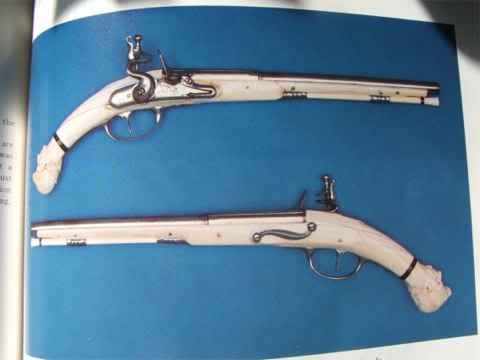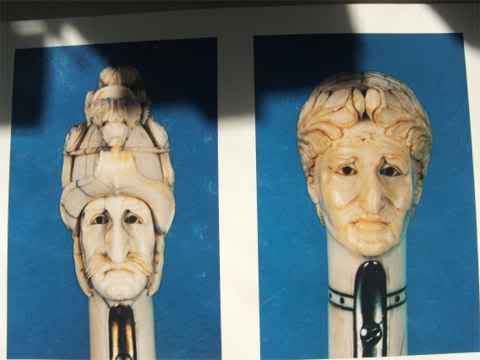TNHillbilly
45 Cal.
- Joined
- Apr 18, 2008
- Messages
- 521
- Reaction score
- 0
I've long been fascinated by the idea of making an ivory pistol stock. Obviously, real ivory would be almost impossible to tinker with. My thought was to cast a resin, suitably pigmented and go from there. I've found a couple of 'recipes' on the net. I'm curious if you Gents have any thoughts or ideas?









